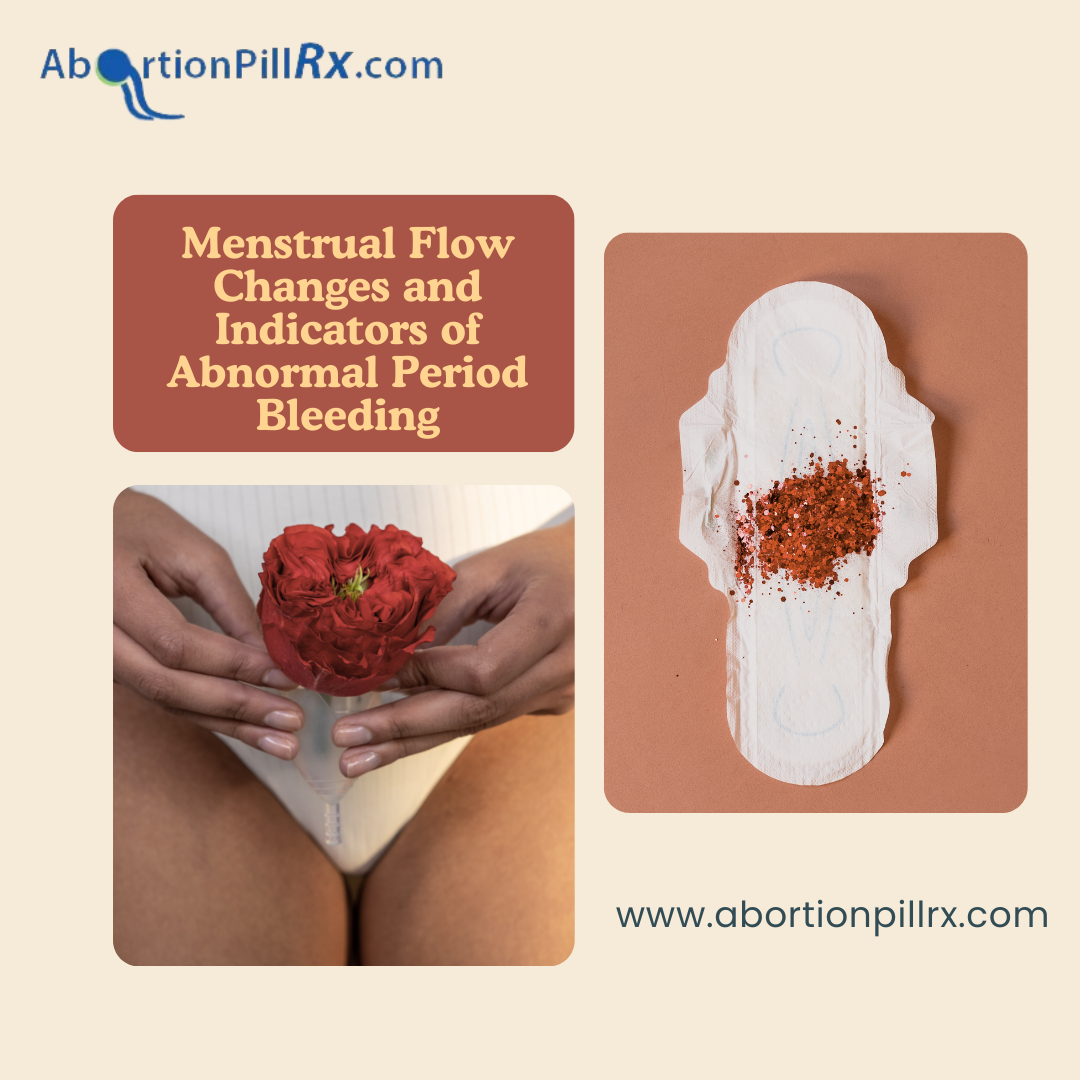So, do you have a light or heavy blood flow during periods? How many days does the menstruation last? These are some questions to answer to understand if you have an unusual or ordinary menstrual cycle. To evaluate your periods, it's crucial that you familiarize yourself with your menstruation pattern – how regularly do you bleed? What is the color of the blood those days? Do you suffer from irregular periods or any menstrual health issues? Let’s discuss more to analyze your gynecological health better.
Is My Menstrual Cycle Normal or Abnormal?
Maybe you discuss among your friends and family members about your menstrual cycle and compare the details to understand if your period bleeding is okay or not. However, a wiser way to analyze it is to consider when you get your first period. It could be anywhere between 9 years old to 16. It is notable that for the initial three years, you can expect menstrual flow changes, which adapt a regular pattern later on.
· A period can recur after every 24 to 38 days. For some, the flow can last for 2 to 3 days and up to 8 days. Determining if you have a normal or abnormal menstrual cycle depends on factors such as your current health state, medical conditions, health history, age, etc.
· Also, those in their late 40s can experience perimenopause. This is a phase in life where the period may become irregular as an onset of menopause. When you reach the menopausal stage, the menstrual cycle completely stops.
· With women's healthcare not always well understood, if you notice bleeding that is not normal, schedule a visit to a physician so that they can diagnose any issue. If you are pregnant, bleeding at any stage is alarming.
· If you are on a birth control product, and begin bleeding between doses, it is a concern. Also, if you bleed between intercourse after the act, or between your periods, you must speak with a professional.
Menstrual Bleeding Color: Meaning and Differences
Whether irregular periods or a regular menstrual cycle, every woman’s period blood color is not the same. You can expect some variation. The differences also occur depending on when the blood is exiting your body. Though these factors should not bother you, it is best to understand the meaning of different menstrual bleeding colors, and what you can expect.
· Brown or Black: If the blood leaves after a longer time from the body, you may have black or brown bleeding at the beginning and end of the menstrual cycle. It means the flow is taking longer to complete, and following a slower cycle. Brown blood also leaves the body if you had a childbirth. This can continue for four to six weeks, known as lochia. The color can turn to pink afterward.
· Pink: The menstrual flow changes as the period progresses. Some women do not get much bleeding in the initial couple of days, and vice-versa. When cervical fluid mixes with menstrual bleeding, it can look like a pinkish discharge and not a cause of concern.
· Bright Red: When you have heavy flow and fresh blood leaves the body, the bleeding color is usually bright red with some differences in color as more days pass. If you have an abnormal menstrual cycle, a heavy period may occur, which again may cause bright red bleeding when more than expected bleeding happens.
· Grey Discharge: This is a sign of vaginal infection probably. If the bleeding is gray, green, or yellowish, contact your healthcare provider immediately, more so if it is foul-smelling. A timely treatment can help you recover from the infection so that your next period is normal.
Is a Heavy Period Bad for Health?
While some women experience heavier periods compared to others, you should watch out if the bleeding is too heavy. If you have to use more than one or more tampons or pads every couple of hours during menstruation, it can indicate a heavy period. This is an abnormal menstrual cycle, especially if it makes you feel dizzy, lightheaded, and drained. Another reason for heavy flow during menstruation is adenomyosis where endometrial glands are situated in the uterine muscle, causing painful and excessive periods.
The condition is often termed menorrhagia, and common causes include uterine fibroids, hormone imbalances, polyps, polycystic ovary syndrome, certain medications, intrauterine devices, or uterine cancer. Some of the symptoms are:
· Long period, lasting for more than eight days.
· Having issues breathing at the time of bleeding or afterward.
· Feeling fatigued and falling unconscious, a possible anemia indication.
· Passing coin-sized large blood clots with the bleeding.
Irregular Periods and Their Causes
For the right women's healthcare advice, your gynecologist is the first person to speak to, especially if you experience irregular periods or abnormal bleeding. Some causes of irregular menstrual flow are fibroids, IUDs, pregnancy, polyps, cancer, use of certain antidepressants, stress, weight changes, hormone imbalances, and cysts. This can also result in missed or skipped periods. If you do not get a regular menstrual cycle suddenly, get a pregnancy test. It is possible you conceived.
Painful cramps may happen if you get irregular periods often. To get some relief from painful cramps caused usually by uterine contractions or the inability for blood to flow properly, take hot baths, reduce stress, use over-the-counter pain medicines, eat dark chocolate, use birth control pills to treat hormonal imbalance, and avoid drinking alcohol. However, a painful period can have an underlying health cause, so consider a health checkup.
To Conclude
If you notice unusual menstrual flow changes or abnormal bleeding during periods, speak with a gynecologist for further investigations. Menstrual health is an important indicator of a female’s overall well-being and fertility. So, watch out for any signs of concern and tackle those early.


